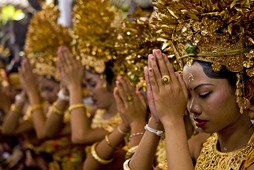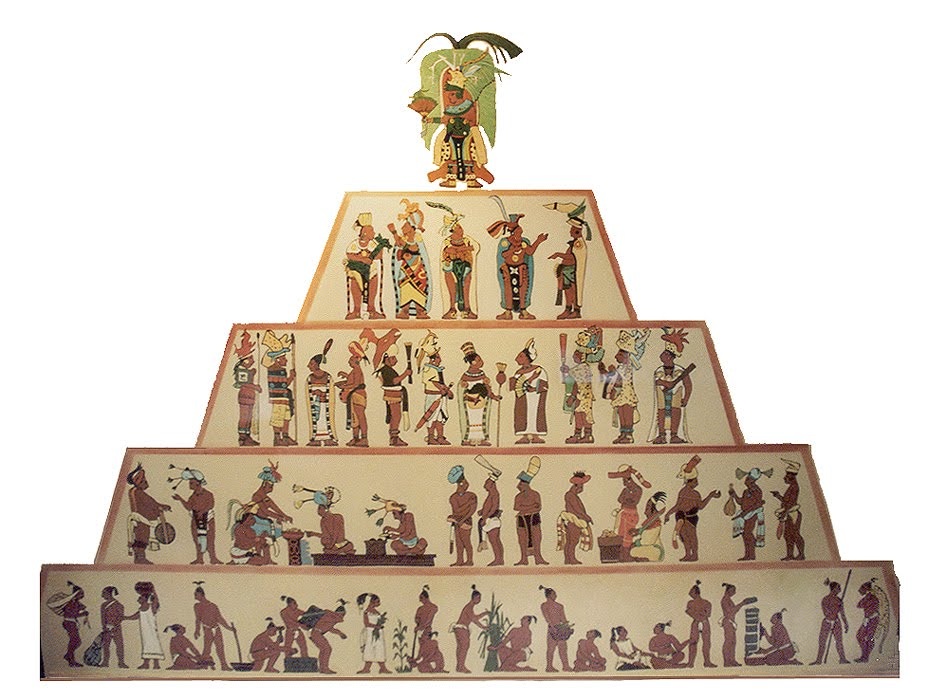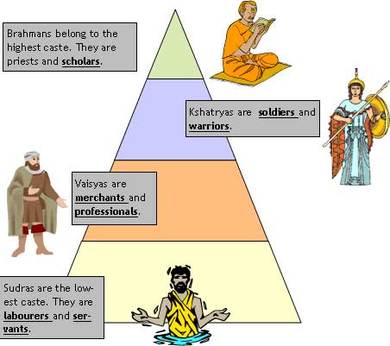indianisation and balinese hinduism

Due to Indianisation, Hinduism was spread to Southeast Asia and was very prominent in the region from the 5th to 14th century. During that period, it was the state religion of various Southeast Asian states. This indicates that Indianisation influenced the early states of Southeast Asia by spreading religions such as Hinduism to the region.
Even after Hinduism declined in the region, it is still the majority religion of Bali, Indonesia. In fact, approximately 83.5% of Bali's population adheres to the religion of Balinese Hinduism, showing the lasting influence of Indianisation.
Even after Hinduism declined in the region, it is still the majority religion of Bali, Indonesia. In fact, approximately 83.5% of Bali's population adheres to the religion of Balinese Hinduism, showing the lasting influence of Indianisation.
However, there are also several differences between Balinese Hinduism and Hinduism in India. The first difference lies in the caste system. In India, the caste system is a form of social stratification characterised by endogamy and hereditary transmission of a lifestyle. As such, people have to adhere to the strict regulations of the caste they belong to. There are also many different castes, with about 3000 castes in total and over 25,000 subcastes.
In Bali, however, the caste system is a lot less complicated. Firstly, there are only four castes, which is much less than the immense number of castes in India. In addition, social stratification dictated by the caste system is a lot more relaxed in Bali than it is in India. The differences in the economic roles of members of each caste are slowly eroding, and the government is now prohibiting different treatment based on the caste system.
Also, there is no dowry system for Balinese Hindus, as opposed to Indian Hindus who have to pay thousands of dollars to the bridegrooms family upon marriage of their daughter.
Apart from that, Balinese Hinduism also lacks the traditional Indian Hindu emphasis on rebirth and reincarnation, and is instead more concerned with local and ancestral spirits. This could be a result of the animistic beliefs of the local people prior to the Indianisation of Southeast Asia, resulting in syncretism where Hinduism is modified by pre-existing animistic ideas.
Furthermore, the attire of priests in Balinese Hinduism differs from that of the priests in India. This is because the attire of Balinese Hindu priests has traditional roots that are unique and indigenous to Bali. This is further evidence that syncretism has been practised with regards to religion in Bali.
These differences indicate that although Hinduism was spread due to Indianisation, the religion was also adapted to better suit the needs of the local people of Bali, proving that Southeast Asia wasn't merely a passive recipient of Indian influence.
In summary, Indianisation influenced the states of Southeast Asia by spreading Hinduism throughout the region, with Hinduism being the state religion of many early Southeast Asian states. In addition, it left a lasting impact on the region in the form of Hinduism in Bali. However, the many differences between Balinese Hinduism and Hinduism in India indicate that syncretism and adaptation of the religion was practised and played a role in shaping the religion of Southeast Asia today.
In Bali, however, the caste system is a lot less complicated. Firstly, there are only four castes, which is much less than the immense number of castes in India. In addition, social stratification dictated by the caste system is a lot more relaxed in Bali than it is in India. The differences in the economic roles of members of each caste are slowly eroding, and the government is now prohibiting different treatment based on the caste system.
Also, there is no dowry system for Balinese Hindus, as opposed to Indian Hindus who have to pay thousands of dollars to the bridegrooms family upon marriage of their daughter.
Apart from that, Balinese Hinduism also lacks the traditional Indian Hindu emphasis on rebirth and reincarnation, and is instead more concerned with local and ancestral spirits. This could be a result of the animistic beliefs of the local people prior to the Indianisation of Southeast Asia, resulting in syncretism where Hinduism is modified by pre-existing animistic ideas.
Furthermore, the attire of priests in Balinese Hinduism differs from that of the priests in India. This is because the attire of Balinese Hindu priests has traditional roots that are unique and indigenous to Bali. This is further evidence that syncretism has been practised with regards to religion in Bali.
These differences indicate that although Hinduism was spread due to Indianisation, the religion was also adapted to better suit the needs of the local people of Bali, proving that Southeast Asia wasn't merely a passive recipient of Indian influence.
In summary, Indianisation influenced the states of Southeast Asia by spreading Hinduism throughout the region, with Hinduism being the state religion of many early Southeast Asian states. In addition, it left a lasting impact on the region in the form of Hinduism in Bali. However, the many differences between Balinese Hinduism and Hinduism in India indicate that syncretism and adaptation of the religion was practised and played a role in shaping the religion of Southeast Asia today.
One Difference - The Caste System:
Now, let's move on to the last segment of this museum!


